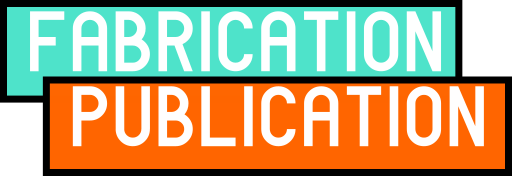Welcome to the first ever Robot Review! On this set of interviews, we will talk with teams mostly about the robots, but also a bit about the rest of the team. This time we will be interviewing… ourselves! We run a FTC team, and we figure that we can be a good starting point for what other interviews will look like. We interviewed Isaiah, a programmer and builder, about our last year.
| FACT SHEET (as of January 28, 2024): | |
| Team Name and Number: | Overclocked, 22059 |
| Team Location: | Florence, Massachusetts, United States |
| Team Affiliation (Community/School): | Community |
| Team Rookie Year: | 2022-23, Power Play |
| Team Size: | 7 |
| Team Mascot: | Clockenspiel |
| Team Awards: | Robot Design Award (2023-24, Local) Think (2022-23, Local and States) |
Zach (interviewer at FabPubNet): Hello Isaiah!
Isaiah (team member, programming/building , Overclocked, 22059, Florence, MA): Hi!
Z: I’m going to pretend like I don’t know you and instead ask you more about the robot’s intake and outtake system… It looks different from other robots that I saw for this year…

I: We were looking for systems that would separate the intake and outtake. We looked at various designs, but the ones we ended up with involved sliding the pixel onto the ramp.
The idea behind the intake is that we could pick up pixels in a larger area, versus with other designs (like a dual wielded intake), which would require precise claw positioning. As for the outtake, Alex (one of our team members) experimented for the rest of the design. He made a mechanism where the claw could get the pixel, transfer it to an arm, then use a linear slide parallel to the board to position it, and finally drop it using a conveyor belt.

Z: I also heard that your team worked on analysis on the paper airplane, but weren’t able to implement it in time.
I: Yeah, I wasn’t the most involved in it, but I participated. We all knew that we wanted to use elastics on the back to give it a powerful launch. We had a (friendly) competition for different catapult designs for the airplane. We wanted to see the airplane’s trajectory and how long it took, so someone took a video of it to see how well each one worked. The only reason why you didn’t see it on our robot was because everything else took too long. It likely wouldn’t have fit anyway.

Z: What was the biggest challenge you ended up facing with this design?
I: Ooh… That’s a tricky one… I would say that the biggest challenge was that it was pretty hard to get pixels off the ramp, it could get stuck there for a while. Another one was the difficulty of getting stacks, it took our drivers a while to get that one. Occasionally, the pixels would fall of the ramp too.
Z: What is something that your team excels at?
I: I think we’re good at co-operating, and we try to make things as democratic and constructive as we can. We’ve also been together enough to be relaxed and make funny jokes, but we’re also on the same page about a lot of things
Z: What’s one lesson you’d like to share with teams based on last year?
I: We were very concerned about getting to states that year, as we had made it to states the year prior. I think we could have done better if we had focused more on having a good time. (Our team was overly focused on perfecting a complicated and flawed design, we could often find ourselves unconstructively debating how to fix our robot ) I feel that so many teams are only focused on doing great. I believe that a healthier attitude is saying “Yes, I want to do well, but I also want to enjoy what I have”.
Z: What did you do for programming?
I: It was pretty uninvolved compared to previous years, which meant we were able to create a few fancy things. They were not used a lot, but we still liked them. One was the global positioning system, where the robot could either drive according to what the gyroscope thought was north. Another was a precision mode, where the controller’s trigger could be pressed and the robot would move slower. We also made sure to make 24 autonomous modes so that we could be very accommodating to other teams. We could move out of the way if their auto was going to collide with us, we could do our autonomous normally in the 3 randomizations, etc.
Z: Thanks for talking with us!


Leave a Reply